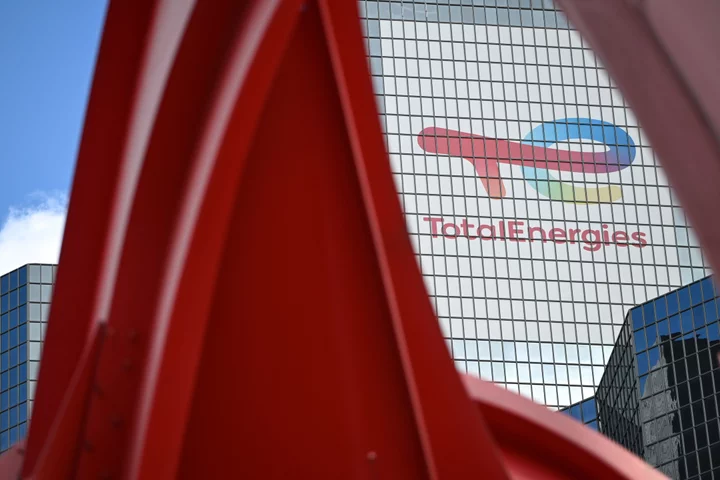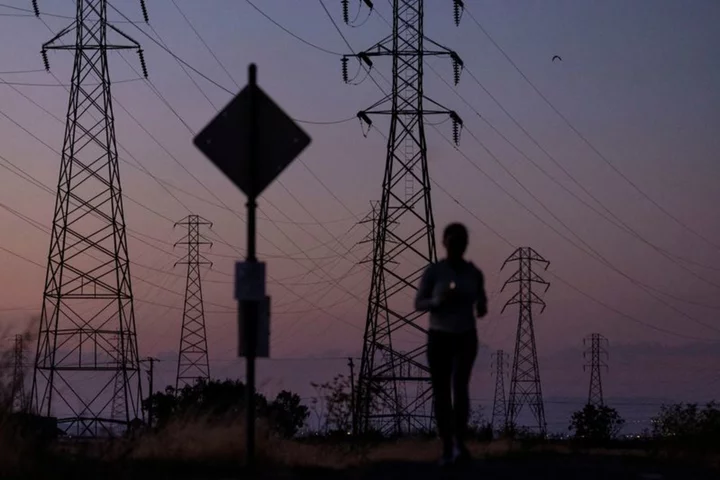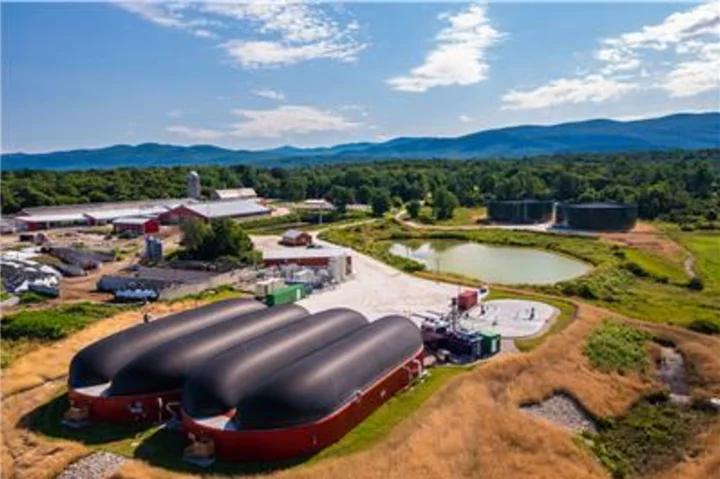Solar panel efficiency to increase 50% with first production of ‘miracle’ tandem cells
A South Korean firm has announced the world’s first production line for perovskite-silicon tandem solar cells, which promise an increase in efficiency of between 50-75 per cent compared to standard solar panels. The commercialisation of solar cells that use perovskite follows years of breakthroughs with the mineral, which has been hailed as a ‘miracle material’ for its potential to transform various industries, including renewable energy. Seoul-based Qcells said it will invest $100 million to roll out the next-generation solar cell technoloy, which until now has been limited to lab tests and academic research. The investment will fund a pilot production line at a factory in Jincheon, which is projected to be operational by late next year. “This investment in Jincheon will mark an important step in securing technological leadership,” said Qcells CEO Justin Lee. “With a global R&D network spanning from Korea, Germany and the US, Qcells will ramp up its efforts to produce high-efficiency advanced tandem cells.” Tandem solar cells are able to improve the efficiency of standard solar panels by splitting the light spectrum and optimising the harvesting of energy from each section into electricity. The current world record for solar cell efficiency is 32.5 per cent – meaning nearly a third of solar radiation is converted into eletrical energy – which was achieved with a perovskite-silicon tandem cell in December. By comparison, traditional silicon-based solar cells are currently only capable of reaching around 22 per cent efficiency. Qcells has so far succeeded in developing a tandem perovskite solar cell with a 29.3 per cent efficiency, which was achieved earlier this year in collaboration with German research centre Helmholtz-Zentrum Berlin. The results were verified by the US Department of Energy’s National Renewable Energy Laboratory (NREL) Read More Microsoft makes world first nuclear fusion energy deal Quantum computer discovers bizarre particle that remembers its past Nasa says Jeff Bezos will build moon lander to take astronauts to the Moon ChatGPT app launches for iPhone users amid scam frenzy Google to delete Gmail and Photos accounts in huge purge
A South Korean firm has announced the world’s first production line for perovskite-silicon tandem solar cells, which promise an increase in efficiency of between 50-75 per cent compared to standard solar panels.
The commercialisation of solar cells that use perovskite follows years of breakthroughs with the mineral, which has been hailed as a ‘miracle material’ for its potential to transform various industries, including renewable energy.
Seoul-based Qcells said it will invest $100 million to roll out the next-generation solar cell technoloy, which until now has been limited to lab tests and academic research.
The investment will fund a pilot production line at a factory in Jincheon, which is projected to be operational by late next year.
“This investment in Jincheon will mark an important step in securing technological leadership,” said Qcells CEO Justin Lee.
“With a global R&D network spanning from Korea, Germany and the US, Qcells will ramp up its efforts to produce high-efficiency advanced tandem cells.”
Tandem solar cells are able to improve the efficiency of standard solar panels by splitting the light spectrum and optimising the harvesting of energy from each section into electricity.
The current world record for solar cell efficiency is 32.5 per cent – meaning nearly a third of solar radiation is converted into eletrical energy – which was achieved with a perovskite-silicon tandem cell in December.
By comparison, traditional silicon-based solar cells are currently only capable of reaching around 22 per cent efficiency.
Qcells has so far succeeded in developing a tandem perovskite solar cell with a 29.3 per cent efficiency, which was achieved earlier this year in collaboration with German research centre Helmholtz-Zentrum Berlin.
The results were verified by the US Department of Energy’s National Renewable Energy Laboratory (NREL)
Read More
Microsoft makes world first nuclear fusion energy deal
Quantum computer discovers bizarre particle that remembers its past
Nasa says Jeff Bezos will build moon lander to take astronauts to the Moon
ChatGPT app launches for iPhone users amid scam frenzy
Google to delete Gmail and Photos accounts in huge purge









